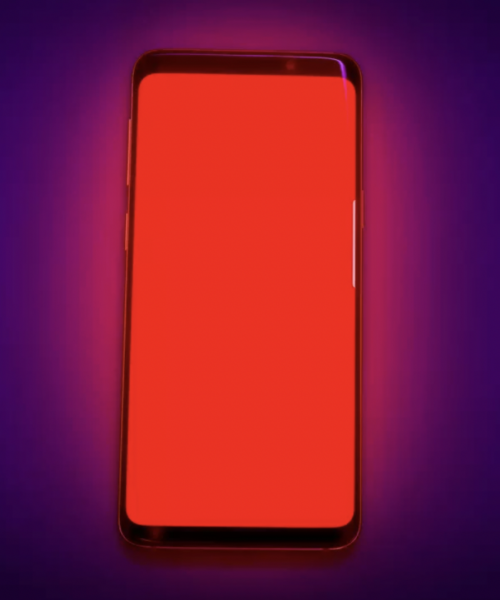Laura Hautala | CNET.Com
Troy Warren for CNT #Technology
Those five-star reviews are reassuring. But what if a seller asks you to write one — for cash?
Not everything is as it seems on Amazon’s marketplace, where products are rated in a five-star system and a heavy number of positive reviews can help one brand stand out from a pack of competitors. Amazon has acknowledged it has a fake reviews problem, as it struggles to rein in coordinated efforts on other websites to flood product listings with good reviews in quid pro quo schemes that violate the company’s terms of service.
But for shoppers comparing 15 versions of that wireless phone charger or dashcam, the overload of stars and comments — real and fake — can be overwhelming.
This isn’t a new phenomenon. Some Amazon shoppers accept refunds and gift cards in exchange for positive reviews, despite the company’s ban on the activity. The e-commerce giant calls these “incentivized reviews,” because they come from real shoppers who are paid for their positive opinion. Before Amazon banned the practice in 2016, reviewers would often admit they got a product for free in exchange for a review, but the practice is now fully in the shadows.
Amazon has cracked down on the practice, kicking companies off its marketplace when it finds out the seller has broken the rules. In May, it removed listings for electronics sold by Aukey and Mpow amid reports the companies had engaged in incentivized review schemes. Amazon also says it puts resources into removing fake reviews and the accounts that post them, adding that it blocked 200 million suspected fake reviews before they were posted in 2020. A company spokesperson said that 99% of the time it’s taken action against incentivized reviews has been proactive.
“We want Amazon customers to shop with confidence knowing that the reviews they read are authentic and relevant,” the Amazon spokesperson said.
But the problem remains pervasive enough — with many retailers eager to edge out their competitors — that shoppers can’t really tell if the number of five-star reviews on a product is legit or artificially inflated. That leaves consumers unsure of what to believe when they’re up against the prospects of dozens of copycat items in an Amazon marketplace that hosts nearly 2 million sellers globally. Amazon also struggles to identify fake reviews that come from real customers who’ve bought and used a product. Their behavior looks legitimate, and the same customer might write some reviews that are paid and others that aren’t.
Another major challenge to Amazon is that the fake reviews are often coordinated on social media sites the company doesn’t control. In May, a UK regulator said it would continue scrutinizing these groups on Facebook and Instagram, and noted that 16,000 social media groups that coordinated refunds for fake Amazon reviews had been removed.
Meta, the company that runs those social media platforms, bans the trade of reviews and has automated processes to detect the schemes. The company said that people can report this type of group and that it removes groups and content if they’re found to be in violation of the rules. Amazon also monitors social networks for groups coordinating the reviews and last year reported 6,000 of the groups to social media companies.
The problem has a circular nature. The faster a product can build up good reviews, the more visibility it can get as a “best seller” on Amazon and the faster it can earn the trust of shoppers who’ve never bought from that company before. As that company gets more customers, it also has more people it can solicit paid reviews from, speeding up its ratings success even further.
Here’s how these schemes work, and how they keep themselves going:
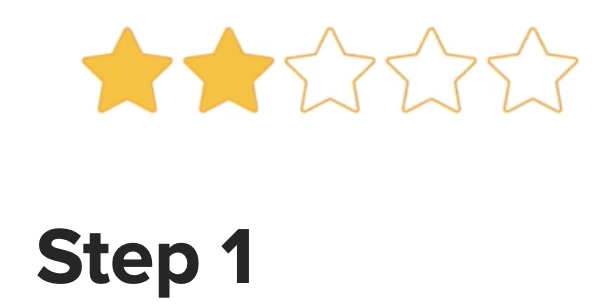
When a shopper logs into their Amazon account and starts searching for something to buy, a product’s star rating is one of the first things they see. With so many third-party sellers listing products on the company’s marketplace globally, the ratings can help shoppers decide whether to trust products from brands they’ve never heard of before.
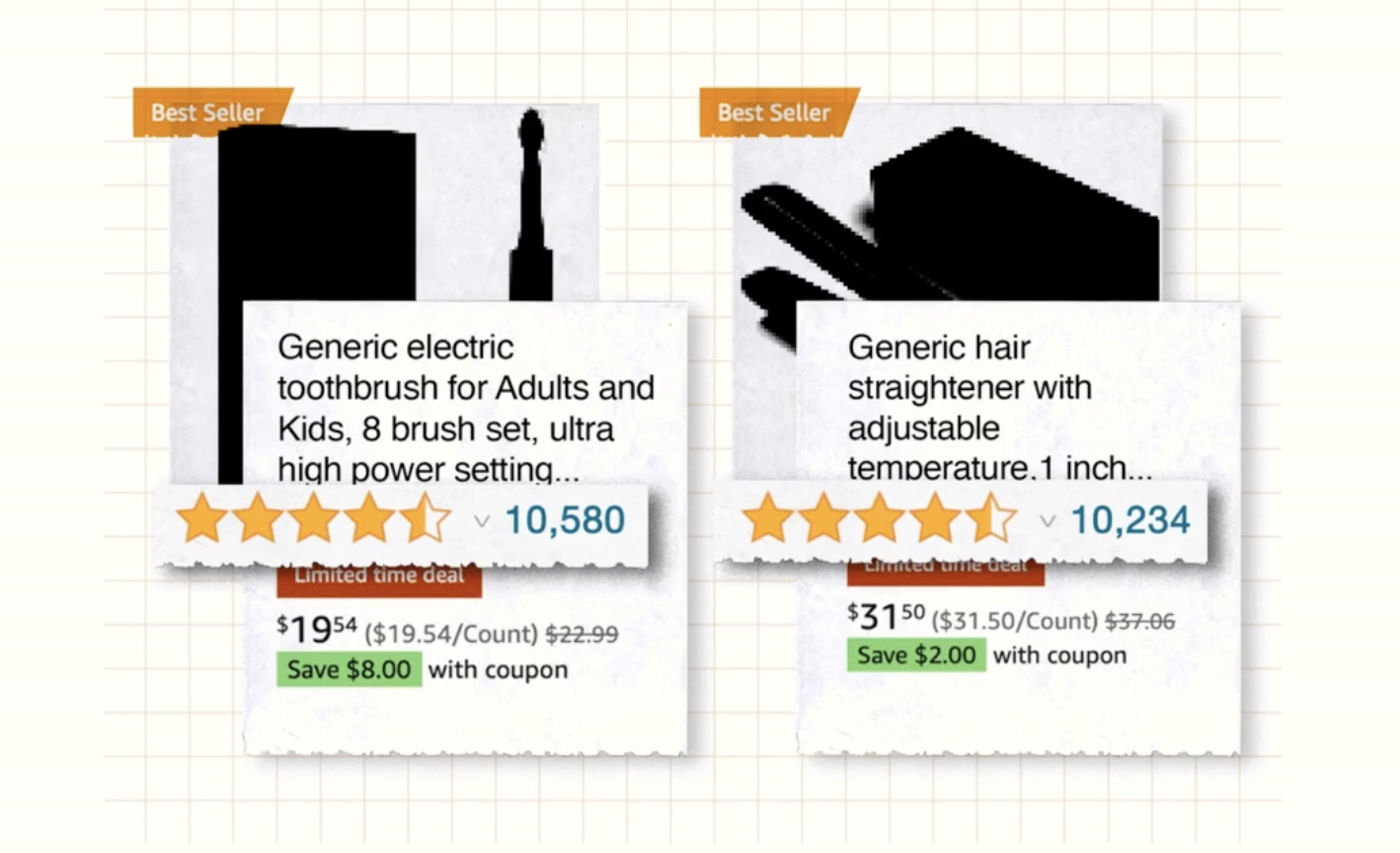
The shopper might see a promising hair straightener, cabinet, coffee maker, toothbrush — or really anything — from a brand that has some hit products on Amazon’s top sellers lists. The brand’s positive reviews might help the shopper trust a product that they could otherwise buy from a name brand.
Since positive reviews are so central to sellers’ successes, Amazon’s ban on reviews in exchange for refunds aims to keep these reviews trustworthy.
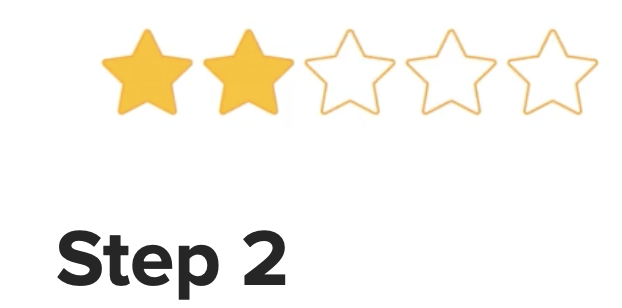
After buying a product based on positive reviews, an honest shopper might get recruited for a fake review scheme in a couple of different ways. In the first scenario, the product arrives in the Amazon smile box, and the customer notices a card with a QR code or a website printed on it. This is so common no shopper would blink, and the link might lead to a regular customer support website that’s above board.
However, it might also lead the shopper to a group on Facebook or another social media site where the brand offers up more products for review — in exchange for a refund.
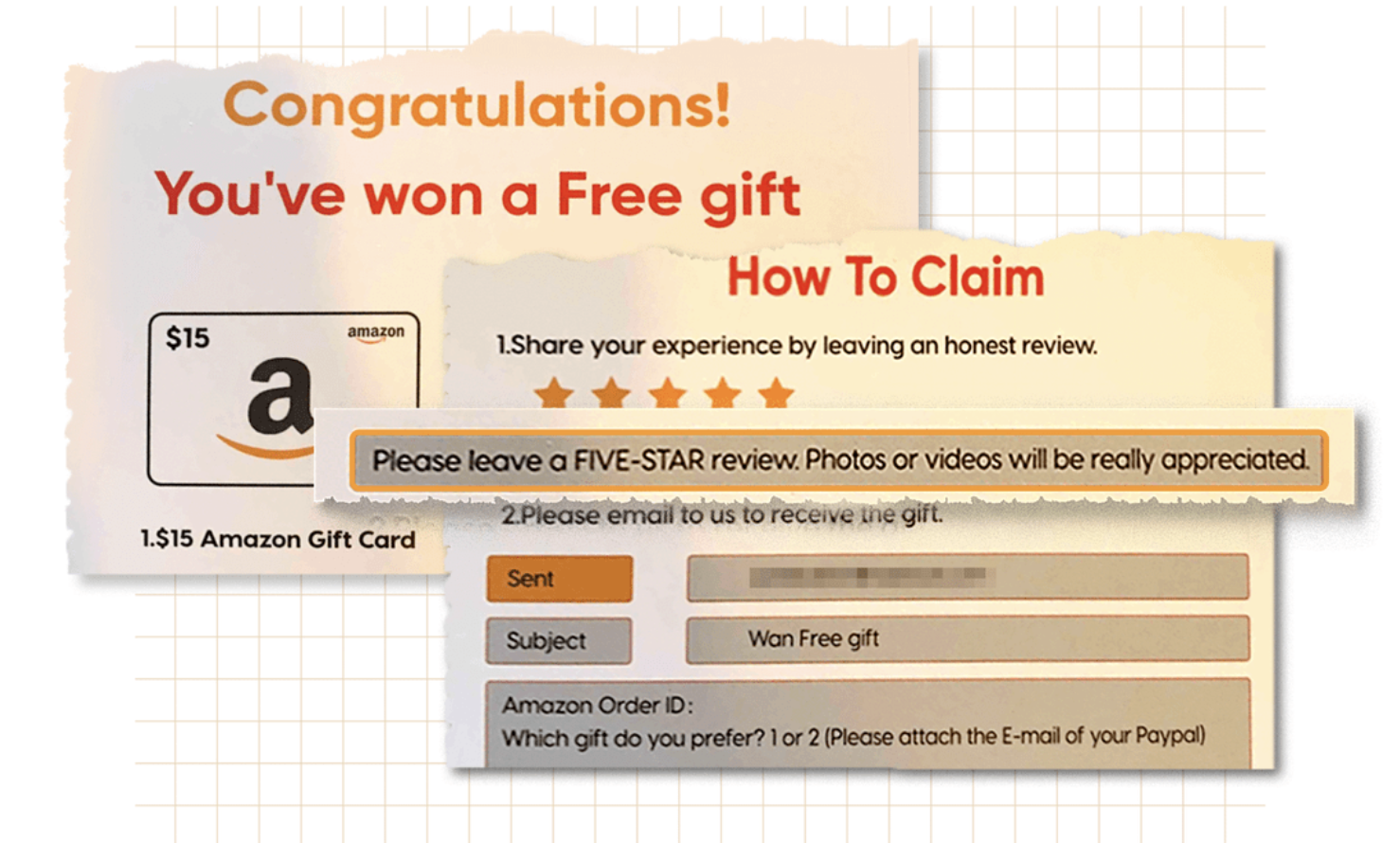
The second scenario is more direct. The card in the package might directly offer a gift card or PayPal credit in exchange for a positive review. If the shopper follows through on the offer, it will add an “incentivized” review to the listing for the product they just purchased.
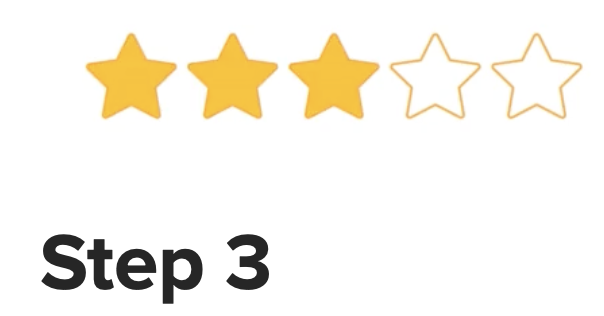
On a Facebook group that’s coordinating positive reviews, shoppers will see posts from page administrators announcing new products that need reviews on Amazon or another online marketplace. This situation can lead the shopper to leave positive reviews for the brand’s other products, including newer products that don’t have as many reviews yet.
The shopper might also invite their friends to the group, recruiting more people to write reviews in exchange for products.

Sometimes multiple brands use the same group to trawl for reviewers. Once shoppers are in this world, they might receive private messages or friend requests from unrelated companies looking for more people to review their products.
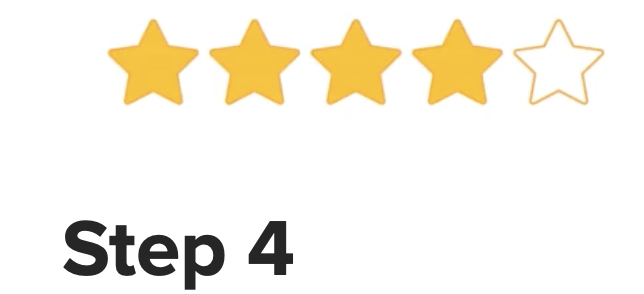
In either scenario, the shopper writes a positive review and then sends proof to a representative of the company. That could be in an email or private message on Facebook. They may share their PayPal details or accept a gift card in return for their efforts.
Facebook group administrators try to make themselves available to shoppers as much as they can, sometimes adding group members as friends on the platform and keeping them apprised of when they’ll be available to answer questions or process refunds.
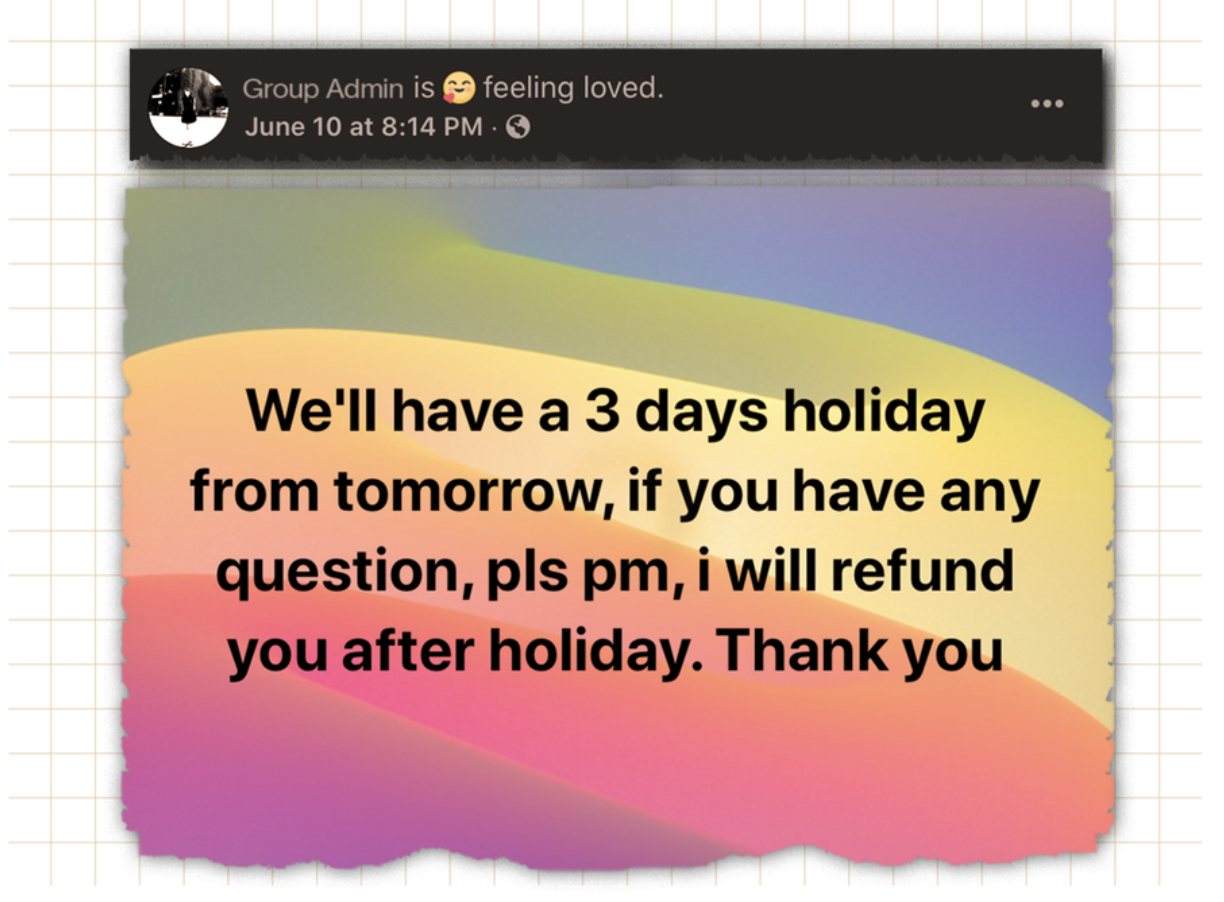
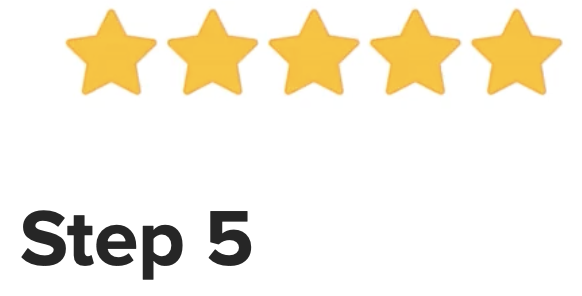
When a new Amazon shopper goes online and looks for products in categories sold by the third-party seller, they’ll see even more positive reviews. Even if the product is genuinely good, it will rack up positive reviews much faster than it would if it relied on traditional marketing and refrained from offering refunds in exchange for reviews.

The ever increasing number of positive reviews on the brand’s listings might convince the shopper to trust the product. They buy it and then find a card inside with a QR code or website on it.
And the cycle continues.
In Other NEWS






























